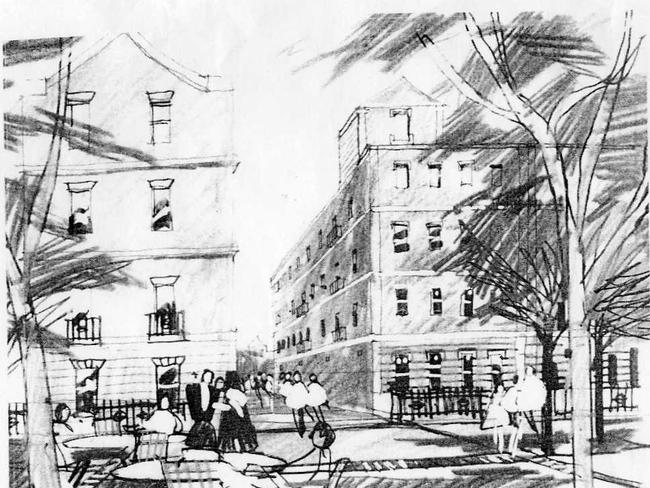Spin doctors advised Hawke Cabinet to compare Multi Function Polis to hosting the Olympics
PLANS for SA’s hi-tech city of the future — the Multi Function Polis — brought fears of a Japanese “invasion”. Here’s how the Hawke Government was advised to spin it.
PUBLIC fear of a Japanese economic and cultural “invasion” should be defused by comparing the Multi Function Polis to hosting the Olympics, the Hawke Government was advised.
The Industry Department called in international corporate spin doctors to provide advice on how to gain public support for the hi-tech city envisaged by the Japanese and Australian governments.
New details of the planning for the Multi Function Polis project have been revealed in Cabinet papers from 1988 and 1989, released by the National Archives of Australia.
The Multi Function Polis was branded “Jap City” by critics and plans for the development to go ahead near Mawson Lakes were abandoned in the 1990s.
Consultants Burson-Marsteller warned that the biggest dangers to public acceptance of new city was a racially-based-fear of “invasion” by Japanese money, culture or people.
The public could also be concerned about Japanese or multinational ‘enclaves’ which diverted resources away from other areas.
The consultants advised the Government to tell sports-mad Australians that building the MFP would be like hosting an Olympics in Australia: “everyone shares the benefits, spin-offs, prestige will be national — not local”.
The government would also stress that Japan would not be the only international partner in the project.
“Australian support is contingent on this. Also, it will go ahead on our terms — we must gain at least as much as Japan.”
The hi-tech city was envisaged as an incubator for new technologies, industries and urban development which would benefit the entire national economy.

A Cabinet submission shows three concepts considered for the city, which would be home to about 100,000 people:
“Biosphere” — contributing to helping solve global major ecosystem problems
“Technopolis” — A global centre for development and sharing technological innovation
“Renaissance Polis” — an international centre for the arts, research and learning.
The project would stimulate the restructure of Australian industries and help shift the economy “away from an excessive reliance on commodities”.
Cabinet decided that the majority of funding for development would have to come from the private sector.

The project would not be permitted to become dependent on federal and state location-specific subsidies.
In advice to cabinet, the departments of Treasury and Finance both warned the government about spending too much money on the project.
The Department of Finance was concerned that an aggressive public awareness campaign could lead to unrealistic expectation of government financial support for the Multi Function Polis.
“Accordingly, Finance considers that any public awareness and communication strategy by informative only and should not adopt an aggressive advocacy role.”
